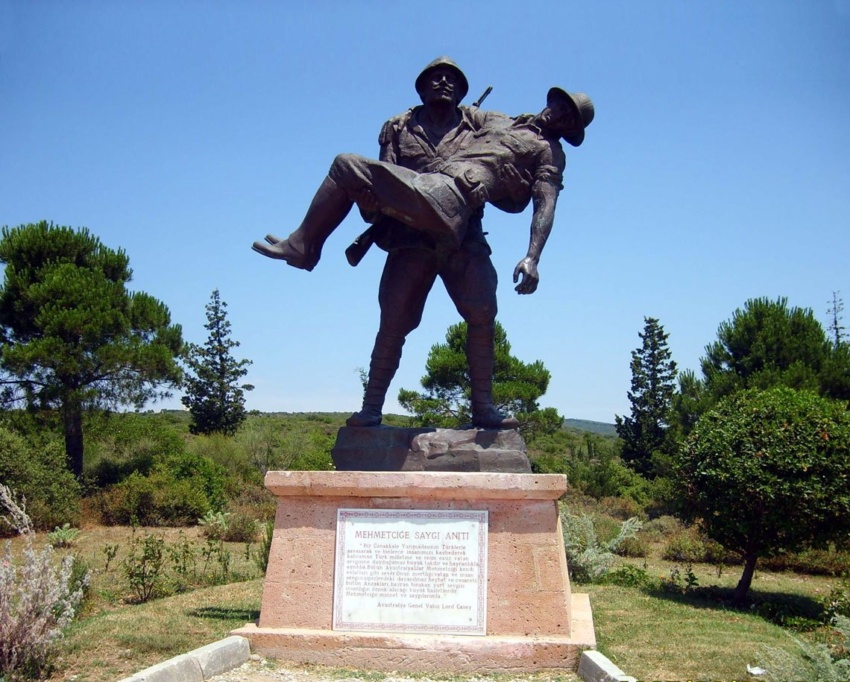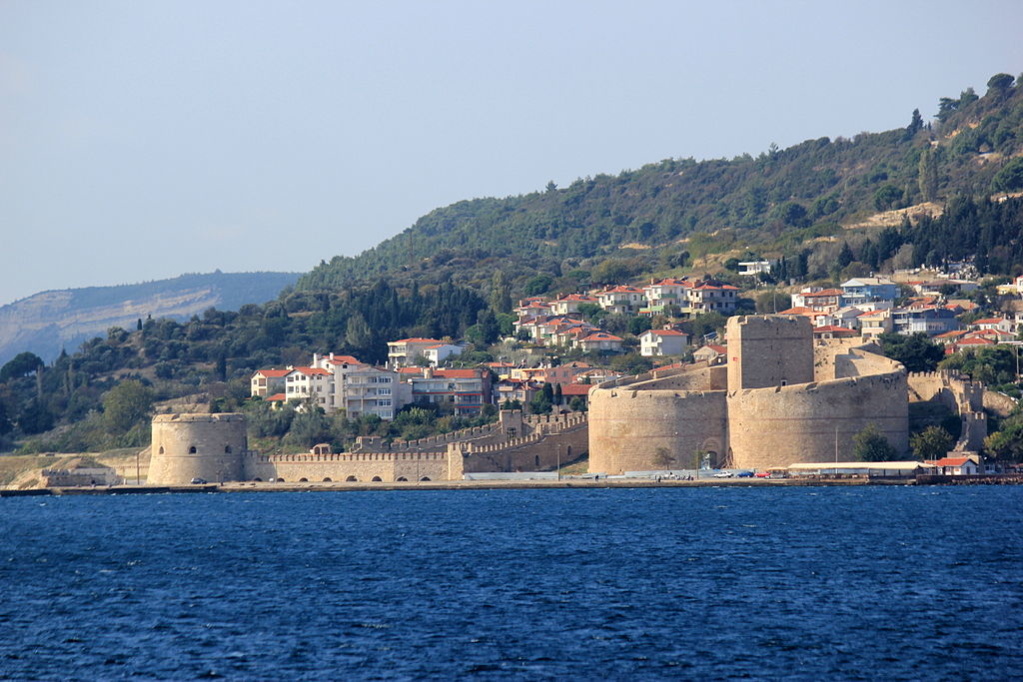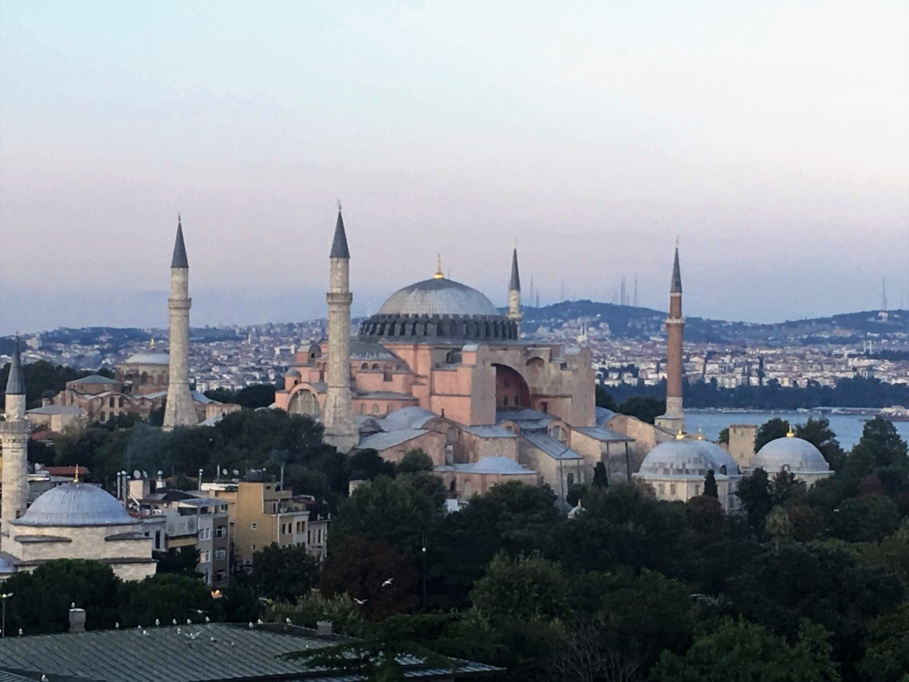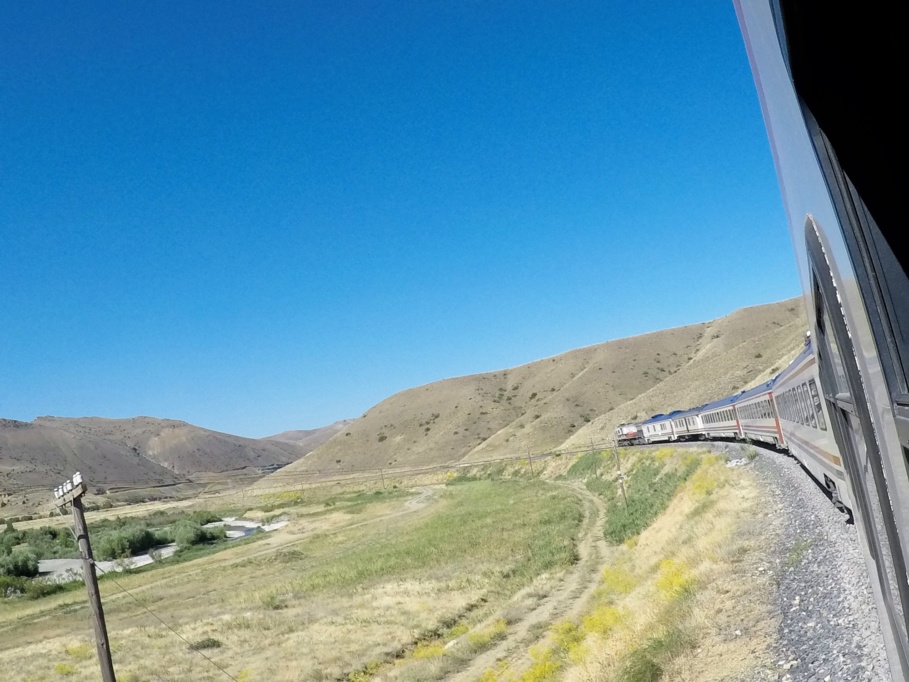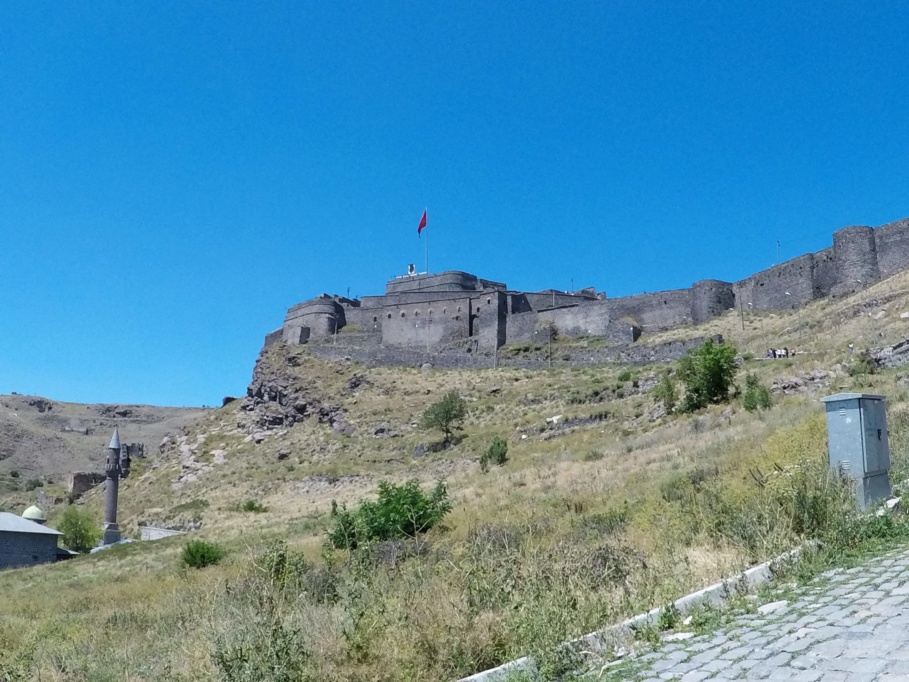Cannakkale Turkey Travel Guide A Vagabond Life
Cannakkale Turkey Travel Guide – Nestled on the shores of the Dardanelles, Çanakkale, Turkey, beckons travelers with a tapestry woven from ancient history and breathtaking landscapes. Steeped in mythology and historical significance, Çanakkale is the gateway to the ancient city of Troy, a site immortalized in Homer’s Iliad. As you traverse its streets, the echoes of millennia-old tales resonate through the air, with landmarks like the Wooden Horse and the archaeological site of Troy standing as testament to the city’s illustrious past.
Beyond its historical allure, Çanakkale boasts the poignant Gallipoli Peninsula, where the echoes of World War I still linger. Visitors can pay their respects at the moving memorials and cemeteries that honor the fallen soldiers, offering a solemn reminder of the city’s role in global history.
The city is also a gateway to the serene beauty of the Aegean region, with its azure waters and charming coastal villages. Çanakkale invites explorers to embrace its dual identity—a bridge between ancient tales and the vibrant present, where Turkish hospitality, delicious cuisine, and warm beaches await. Whether delving into history or soaking in the natural splendor, Çanakkale promises a multifaceted travel experience that lingers in the heart and memory of those who venture here.
Cannakkale Turkey Map: Cannakkale Turkey Travel Guide
Getting To Cannakkale Turkey: Cannakkale Turkey Travel Guide
Canakkale, a city located on the western coast of Turkey near the Dardanelles Strait, is a gateway to both historical landmarks and stunning natural landscapes. To reach Çanakkale, you have several transportation options. The city is accessible by air, with flights from Istanbul to Çanakkale Airport (CKZ). The airport, though small, connects with major Turkish cities, making it a convenient choice for travelers flying into the region.
For those arriving from Istanbul, a popular and scenic option is to take a ferry. Ferries run from Istanbul’s Kabataş or Emin Ali Paşa terminals to the port of Çanakkale, providing a relaxing journey across the Sea of Marmara and offering beautiful views of the coastline. Alternatively, long-distance buses from Istanbul and other major cities provide an economical and direct route to Çanakkale. The journey by bus is approximately 5-6 hours from Istanbul, and buses are equipped with comfortable amenities.
Getting Around Cannakkale Turkey: Cannakkale Turkey Travel Guide
Once in Çanakkale, getting around the city is relatively straightforward. The city center is compact, making it easy to explore on foot. Major attractions, including the waterfront and the historic sites of Troy and Gallipoli, are within walking distance or a short drive away.
For destinations beyond the city center, such as the ancient site of Troy or the Gallipoli Peninsula, local buses and minibuses offer convenient transportation options. The Çanakkale Bus Station serves as a hub for regional transport, connecting travelers to nearby historical and natural sites. Taxis are also readily available and provide a convenient way to get to specific attractions or navigate the city.
Cycling is another popular way to explore Çanakkale, with several bike rental services available for those who prefer a more active approach. The city’s pleasant climate and scenic routes make cycling an enjoyable option for exploring local parks, the waterfront, and nearby historical landmarks.
In summary, whether arriving by air, sea, or bus, and getting around by foot, bike, or local transport, Çanakkale offers a range of options to ensure a comfortable and accessible visit to this historically rich and picturesque region of Turkey.
Things To See & Do In Cannakkale Turkey: Cannakkale Turkey Travel Guide
Troy Turkey - Cannakkale Turkey
Troy, located in present-day Turkey, is one of the most iconic archaeological sites in the world, steeped in both history and legend. Situated near the Dardanelles Strait, Troy is best known as the setting of the Trojan War, immortalized in Homer’s epic poems, the Iliad and the Odyssey. The ancient city’s significance extends beyond myth, as it has been a real and thriving settlement for thousands of years.
Excavations at Troy have revealed multiple layers of the city, indicating that it was rebuilt several times over the centuries. These layers provide a fascinating glimpse into the various phases of civilization, from the early Bronze Age to the Roman period. Visitors can explore the remnants of ancient walls, gates, and buildings, as well as the famous replica of the Trojan Horse, which symbolizes the legendary tale of cunning and war.
Troy’s location on the Aegean coast made it a strategic and prosperous city, connecting trade routes between Europe and Asia. Today, Troy is a UNESCO World Heritage Site, drawing visitors from around the globe who are captivated by its rich history and the enduring allure of its legendary past.
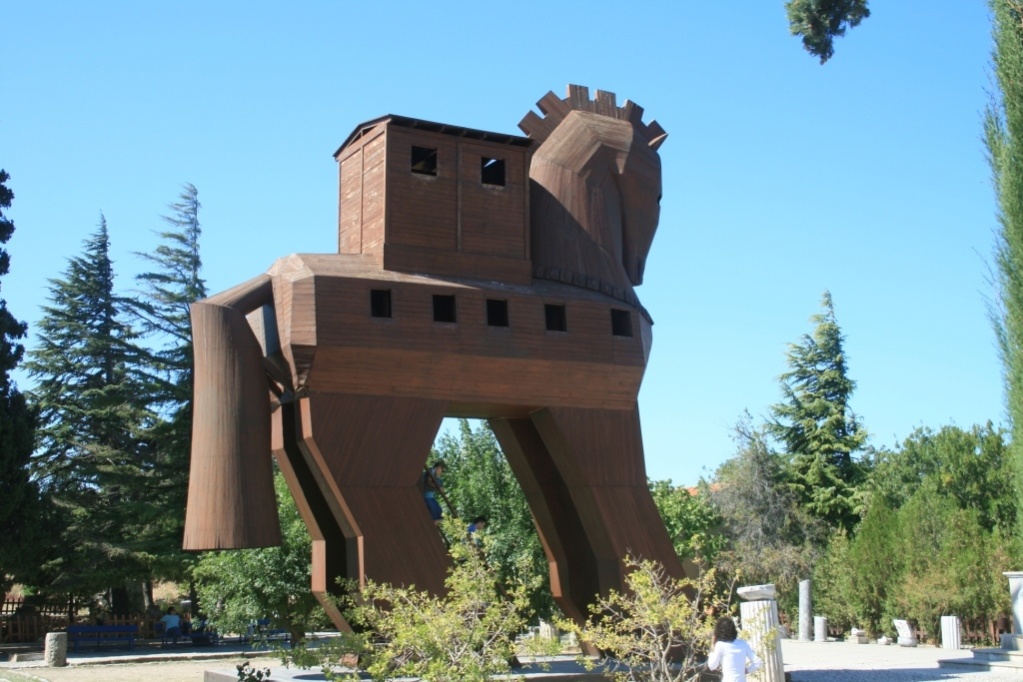
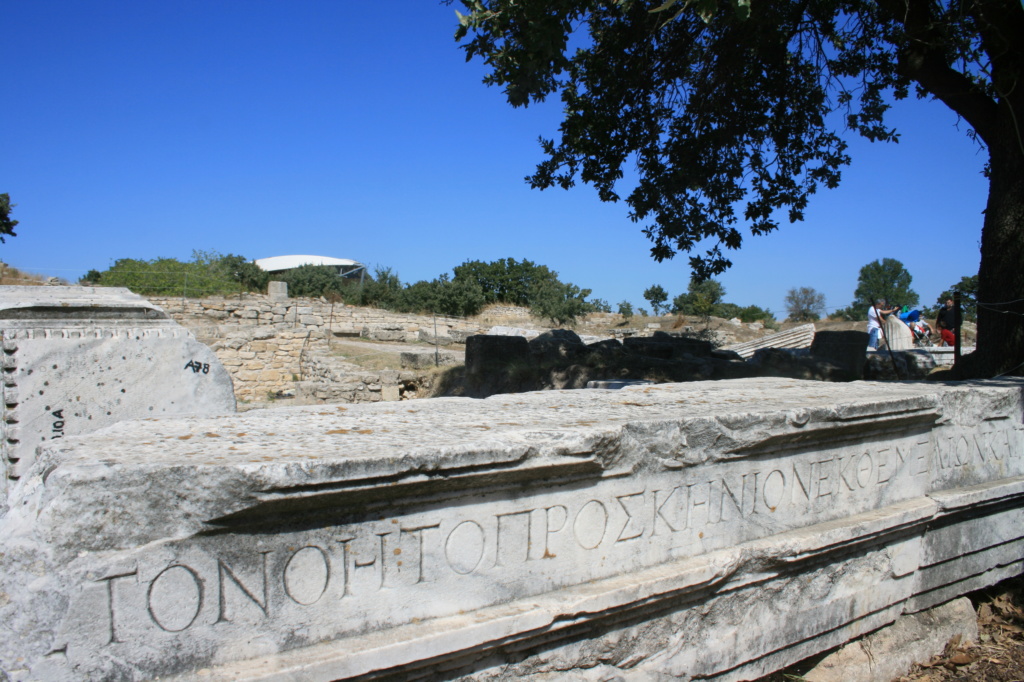
Gallipoli WWII Battlefields Turkey - Cannakkale Turkey
Gallipoli, located in northwestern Turkey along the Dardanelles Strait, is a region steeped in historical significance and solemn remembrance. The Gallipoli Peninsula is most famously known as the site of the World War I Gallipoli Campaign, where Allied forces, primarily from Australia and New Zealand (ANZAC), Britain, and France, launched a large-scale military campaign against the Ottoman Empire in 1915.
The campaign aimed to secure a strategic route to Russia and ultimately led to one of the war’s most devastating and protracted battles. The rugged terrain, harsh conditions, and fierce resistance from the Ottoman forces resulted in heavy casualties on both sides. Despite the Allies’ efforts, the campaign ended in a costly failure, with significant loss of life and no decisive victory.
Today, Gallipoli is a place of pilgrimage and reflection, especially for Australians and New Zealanders who honor ANZAC Day on April 25th each year. The peninsula is dotted with war memorials, cemeteries, and preserved battlefields, serving as a poignant reminder of the bravery and sacrifice of those who fought. The serene landscape of Gallipoli contrasts with its tragic past, making it a powerful symbol of the human cost of war and the enduring importance of peace.
Kilitbahir Castle - Cannakkale Turkey
Kilitbahir Castle, perched on the European side of the Dardanelles Strait in Turkey, is a striking example of medieval military architecture with a rich historical backdrop. Constructed in the early 15th century, the castle was commissioned by the Ottoman Sultan Mehmed II as part of his strategic efforts to control the Dardanelles and safeguard the entrance to the Bosphorus.
The castle’s primary purpose was to fortify the Ottoman position against potential naval threats from the West and to support the siege of Constantinople, which was a crucial part of Mehmed II’s campaign to conquer the Byzantine capital. Kilitbahir, meaning “Key to the Sea,” played a significant role in this campaign, providing a formidable defensive structure designed to block enemy ships and control the flow of maritime traffic.
Built from local stone, the castle features robust defensive walls, towers, and bastions that reflect its strategic importance. Its design includes an inner and outer fortress, linked by a series of walls and gates, enhancing its defensive capabilities.
Today, Kilitbahir Castle stands as a historical monument, attracting visitors interested in Ottoman history and military architecture. Its panoramic views of the Dardanelles and its historical significance offer a glimpse into the past and the strategic importance of this region during one of history’s pivotal conflicts.
